On this page, you will find a selection of hanging plants that not only beautify your space but also cater to various lighting conditions and care routines. Let’s explore the world of hanging plants, starting with a crowd favorite, the String of Hearts.
String of Hearts
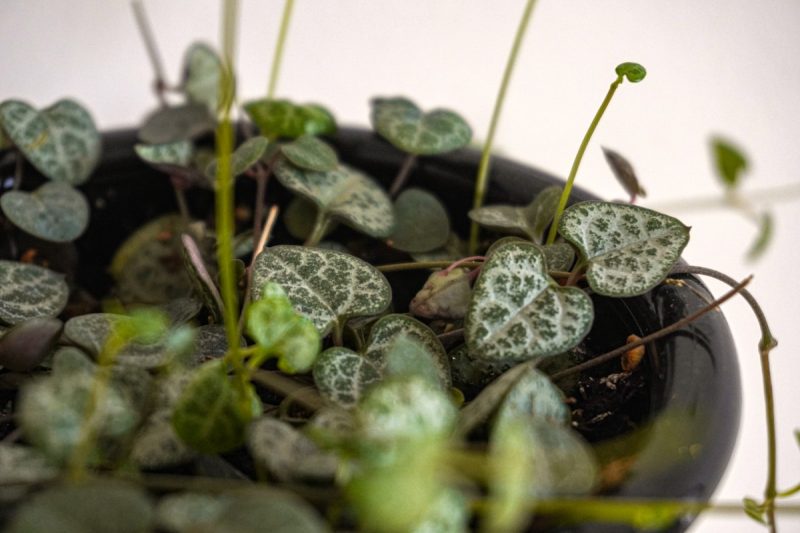
The String of Hearts (Ceropegia woodii) is a trailing succulent that boasts delicate heart-shaped leaves. Its popularity has surged in recent years, and it’s no wonder why—this plant’s unique charm can enhance nearly any room.
Care Tips: String of Hearts thrives in bright, indirect sunlight and prefers well-draining soil. Watering should be infrequent; it’s important to let the soil dry out completely between waterings. A little bit of neglect can actually be beneficial!
Why It’s Great for Walls: The long, trailing vines can create an effortless cascading effect that draws the eye. Hanging it in a planter from a wall-mounted shelf or a decorative hook can instantly elevate your decor while adding a sense of openness.
Tradescantia
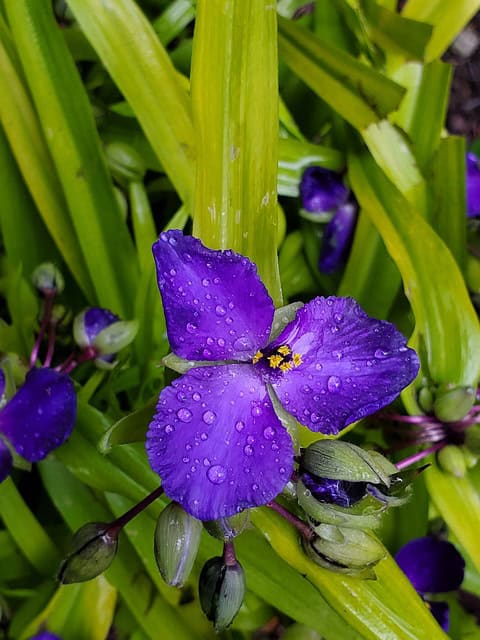
Known for its vibrant, multi-colored foliage, Tradescantia is a genus that includes several popular species such as Tradescantia zebrina and Tradescantia pallida. These fast-growing plants are perfect for creating stunning visual displays.
Care Tips: Tradescantia prefers bright but indirect sunlight. Too much direct sun can scorch its leaves. Keep the soil consistently moist but not soggy, and it responds well to regular misting, which mimics its natural habitat in humid forests.
Why It’s Great for Walls: With its colorful leaves and sprawling habit, Tradescantia is perfect for making a statement on your walls. Try using multiple varieties to create a living tapestry of colors and textures, making your space feel vibrant and alive.
Monstera
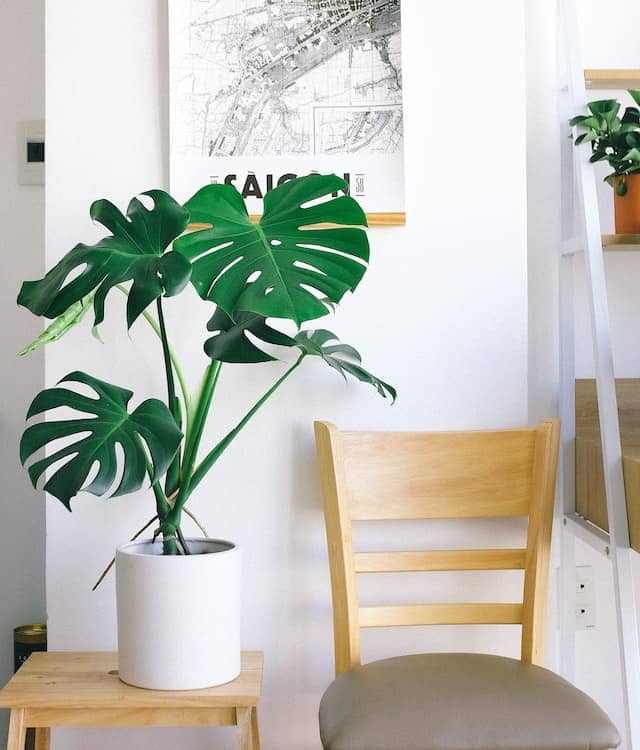
The Monstera (Monstera deliciosa) is a true icon in the plant world, often associated with tropical and modern decor styles. Its large, perforated leaves add an exotic touch to any space.
Care Tips: Monsteras thrive in bright, indirect light and appreciate humidity. They should be watered when the top inch of soil feels dry. Be sure to provide a stake or trellis, as they can grow quite tall and may need some support as they climb.
Why It’s Great for Walls: The dramatic leaves of a Monstera can be hung in a way that they create shadows and interest on your walls. Pair them with other trailing plants to add depth and layers, transforming a flat wall into a three-dimensional green oasis.
Hoya
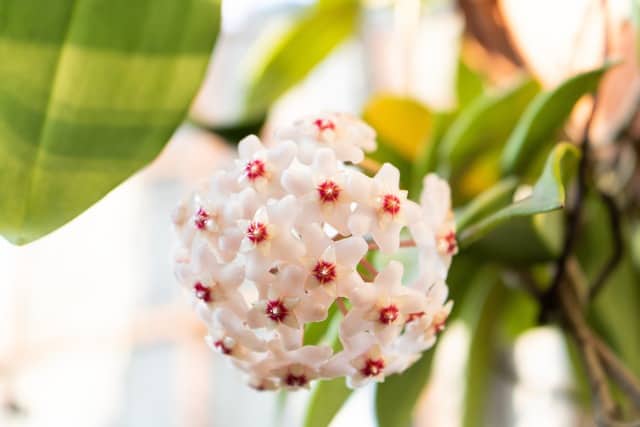
Hoya, commonly known as wax plants, feature thick, waxy leaves and stunning clusters of star-shaped flowers. These plants are excellent for bringing a subtle elegance to your decor.
Care Tips: Hoyas prefer bright, indirect light and well-draining soil. Allow the soil to dry out between waterings, as they are succulent-like. They can tolerate a bit of neglect and can thrive in varying humidity levels, making them an ideal choice for many households.
Why It’s Great for Walls: The trailing growth habit of Hoya makes it a stunning wall accessory, especially when in bloom. The flowers, which can appear throughout the year, add a pop of color and delightful scent, enhancing the overall atmosphere of your room.
Petunia

While typically grown as frost-tender annuals, Petunia can be an excellent and vibrant option for hanging planters. Their cheerful blooms are available in a plethora of colors and patterns.
Care Tips: These plants love full sun and should be watered regularly, especially during hot weather. Use a balanced fertilizer for flowering plants to encourage continued blooming through the season.
Why It’s Great for Walls: Petunias can trail beautifully over the sides of hanging baskets, creating a colorful cascade. They add a joyful burst of color to patios, balconies, and indoor spaces, making them a fantastic choice for seasonal displays.
Boston Fern
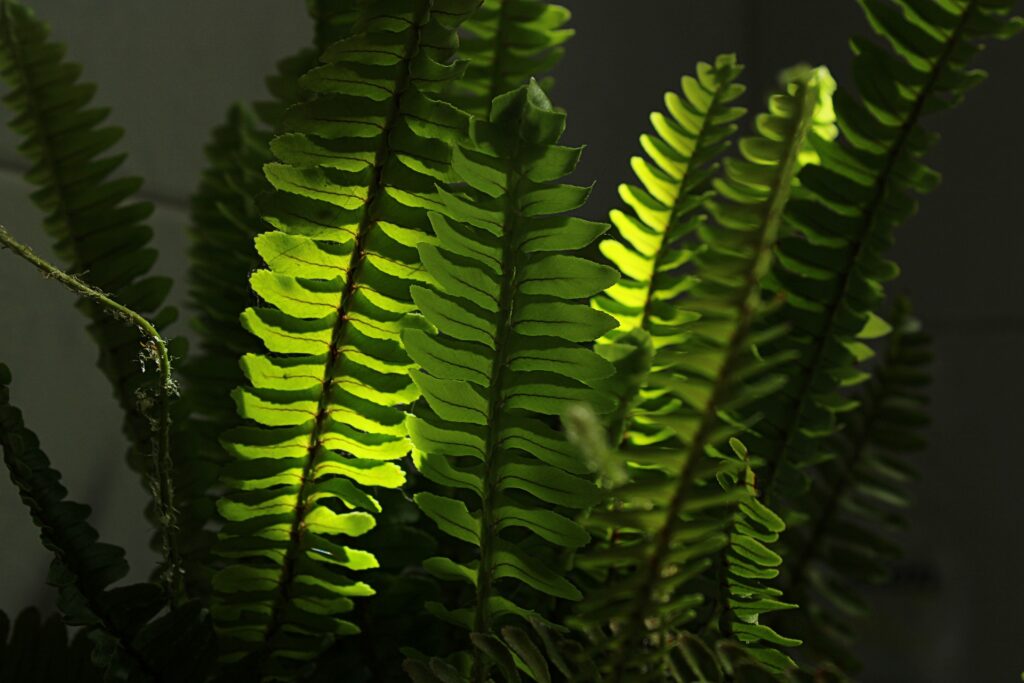
With its lush fronds and graceful appearance, the Boston Fern (Nephrolepis exaltata) is a classic choice for hanging gardens. Its feathery leaves create a lush, tropical vibe indoors and outdoors.
Care Tips: Boston Ferns thrive in humid environments and do best in indirect light. Keep the soil consistently moist by watering frequently, and consider placing it in a bathroom or kitchen where humidity is higher.
Why It’s Great for Walls: The bushiness and texture of Boston Ferns lend a soft elegance to wall displays. Hanging them can create a dramatic effect, especially when clustered with other ferns or light-hued plants to contrast against dark walls.
Bacopa
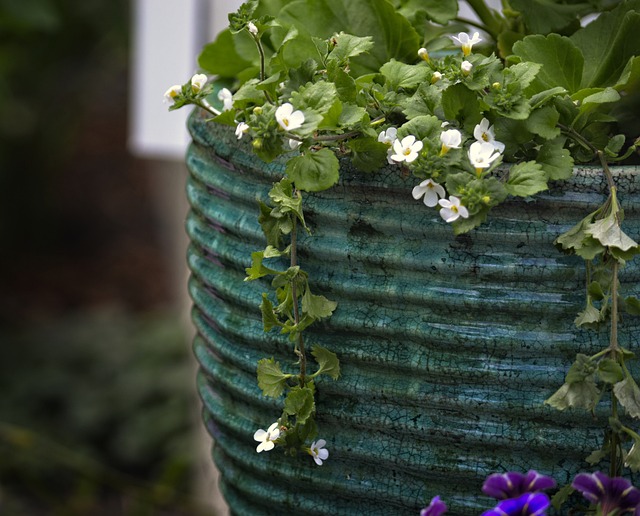
Bacopa is a charming and dainty trailing plant often seen in hanging baskets. It features small, tubular flowers that bloom in shades of white, blue, and pink, adding charm wherever it’s placed.
Care Tips: This plant prefers full sun to partial shade. It requires consistent moisture and benefits from regular fertilization during the growing season to encourage more blooms.
Why It’s Great for Walls: Bacopa’s small flowers and trailing vines make it an enchanting choice for creating cascading displays. Imagine a wall adorned with a combination of Bacopa and other flowering plants—it’s sure to bring joy to any space!
Pothos
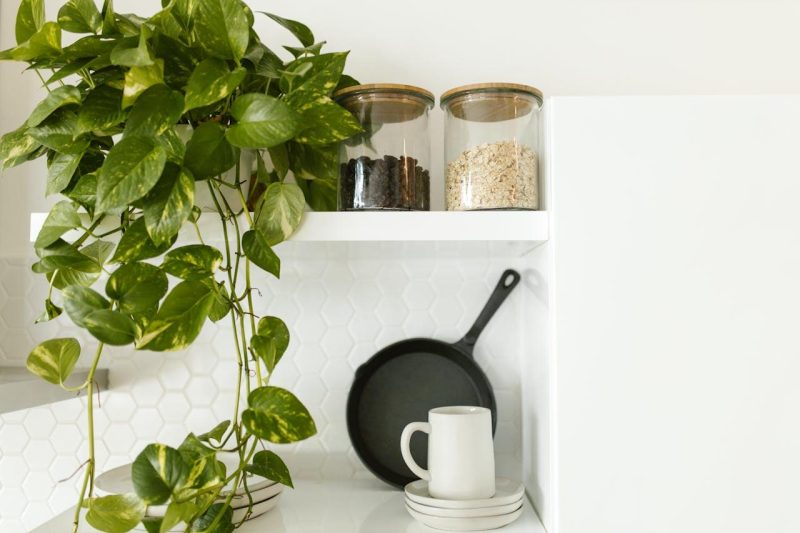
As one of the most popular houseplants, Pothos (Epipremnum aureum) is praised for its versatility and hardy nature. It’s available in varieties with solid green leaves or variegated patterns.
Care Tips: Pothos is incredibly forgiving and can thrive in low light, making it suitable for almost any indoor space. Allow the top few inches of soil to dry out between waterings, and it will reward you with rapid growth.
Why It’s Great for Walls: Pothos plants look stunning when allowed to cascade from bookshelves or wall-mounted planters. Their ability to grow long vines makes them perfect for creating a green curtain effect that softens the edges of any room.
Spider Plant
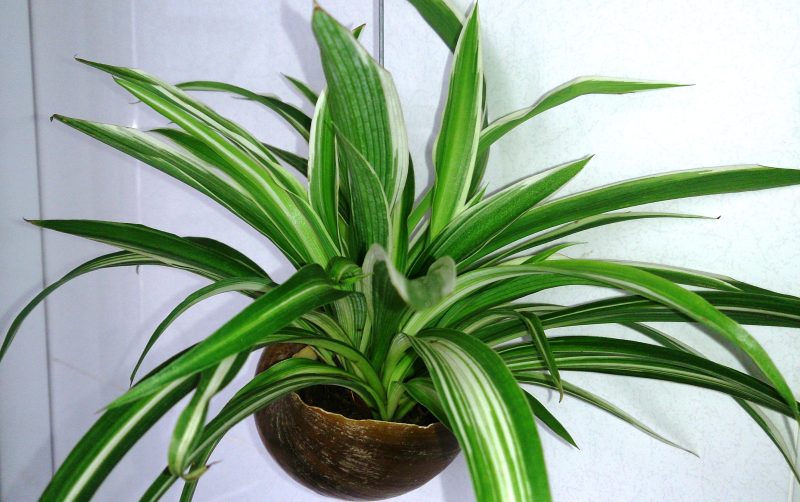
The Spider Plant (Chlorophytum comosum) is another beloved indoor plant, known for its arching leaves and the small “pups” it produces. This charming plant is perfect for beginners and seasoned plant lovers alike.
Care Tips: Spider Plants thrive in bright to moderate indirect light. They appreciate well-draining soil and should be watered when the top inch of soil feels dry. They are also known for tolerating some neglect.
Why It’s Great for Walls: The playful aesthetic of Spider Plants—especially when their pup offsets are allowed to dangle—creates a whimsical wall display. Hang them in patterned pots to make your wall look dynamic and stylish.
Fuchsia
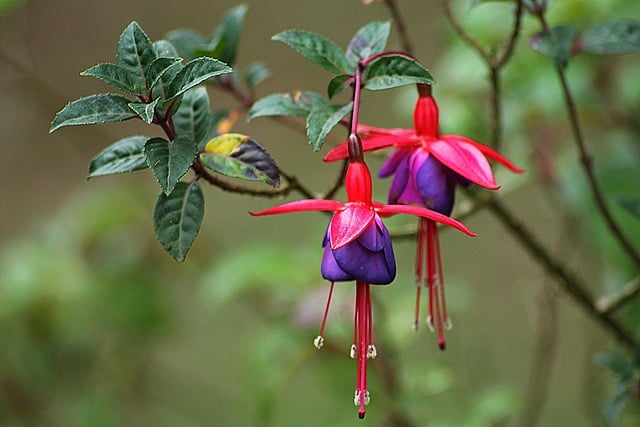
Fuchsia plants are known for their pendulous, tubular flowers that create a stunning visual impact. With varieties suited for both shade and sun, they can brighten either indoor or outdoor spaces.
Care Tips: Fuchsia prefers partial shade and consistently moist soil. Fertilizing once a month during the growing season can promote abundant blooms.
Why It’s Great for Walls: Their striking flowers and unique shape can make a stunning wall display when hung in baskets. Imagine a wall full of color during the blooming season— it’s a delightful way to brighten up your environment.
Begonia
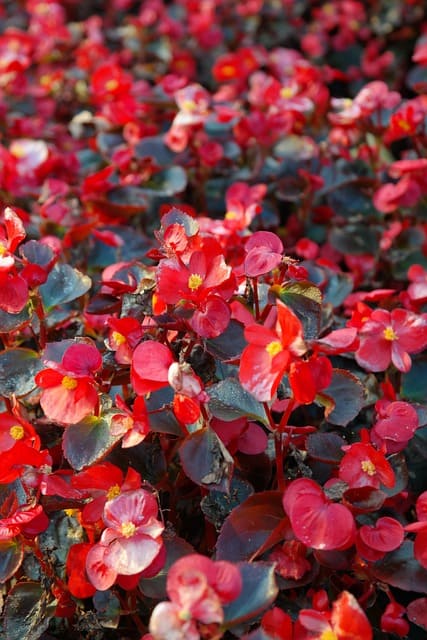
Begonias present a diverse range of leaf shapes and beautiful flowers in many colors. Their unique foliage can also serve as a focal point even when not in bloom.
Care Tips: Begonias thrive in bright, indirect light and like to have their soil kept somewhat moist but not soggy. They appreciate humidity and make perfect bathroom companions.
Why It’s Great for Walls: Hanging Begonias can turn a dull space into an artful arrangement of colors and textures. The compact nature of many begonia species allows them to fit perfectly into wall-mounted planters or hanging baskets.
Staghorn Fern
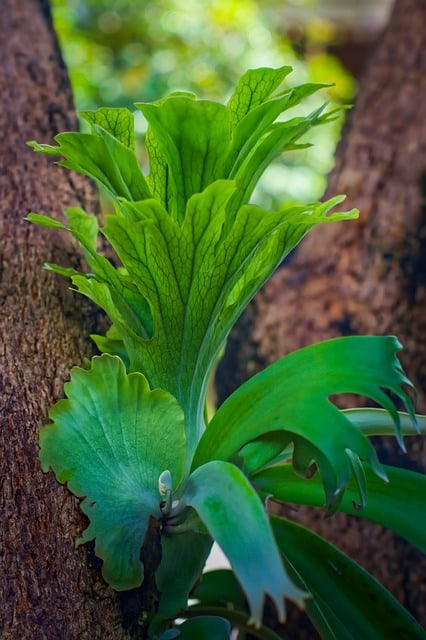
The Staghorn Fern (Platycerium) is unique not only in its shape but also in its mounting ability. This epiphytic fern is often mounted on wood or other surfaces, making it a fascinating option for wall arrangements.
Care Tips: Staghorn Ferns prefer indirect light and should be watered by soaking their mounting surface in water once a week, as they naturally absorb moisture from the air.
Why It’s Great for Walls: Their distinctive fronds resemble the antlers of a stag, creating an artistic and textured display. They can serve as a living piece of art on your wall, providing a conversation starter and a stunning visual appeal.
Nasturtium
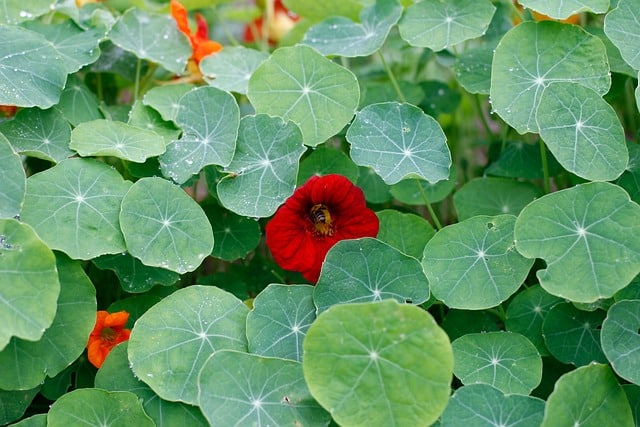
Nasturtiums are edible flowers known for their bright colors and peppery taste, making them a popular choice for hanging gardens. With trailing vines, they can create a lush cascade of blooms and foliage.
Care Tips: These plants thrive in well-draining soil and require full sun to produce an abundance of flowers. They should be watered when the top layer of soil feels dry.
Why It’s Great for Walls: Nasturtiums can burst with color, making them perfect for outdoor hanging planters. They not only brighten up the walls but are also a delightful addition to salads and garnishes.
String of Pearls
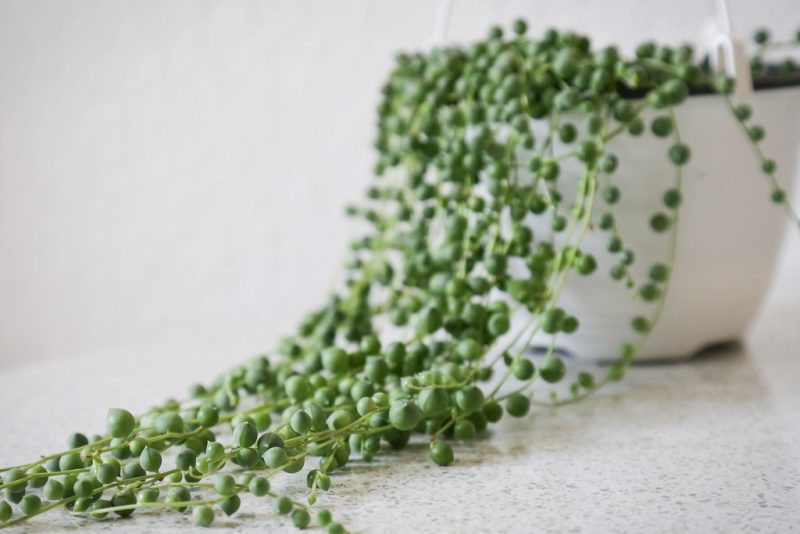
The String of Pearls (Senecio rowleyanus) is another trailing succulent known for its unique spherical leaves, resembling small green pearls. This plant adds a whimsical touch to any wall display.
Care Tips: String of Pearls prefer bright, indirect light and well-drained soil. Allow the soil to dry out completely between waterings, as overwatering can easily lead to root rot.
Why It’s Great for Walls: The trailing nature of String of Pearls creates a fascinating visual effect that’s incredibly eye-catching. When hung over a shelf or planter, its long strands can create an enchanting look that draws attention and compliments other plants.
Calibrachoa
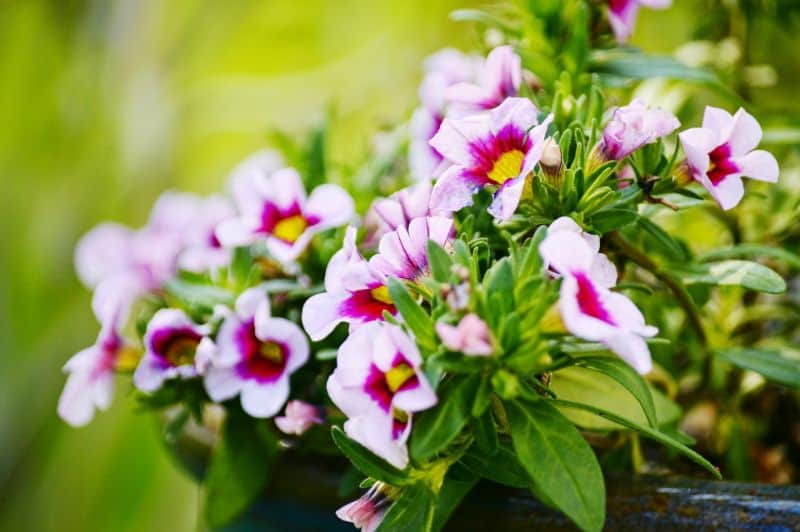
Often referred to as Million Bells, Calibrachoa is celebrated for its tiny, trumpet-shaped blooms that come in endless colors. This plant thrives in various environmental conditions and can produce colorful displays all summer.
Care Tips: Calibrachoa loves full sun and needs consistently moist soil. Using a balanced fertilizer every few weeks encourages abundant blooms.
Why It’s Great for Walls: When planted in hanging baskets, Calibrachoa can create a gorgeous cascade of color, perfect for enhancing outdoor walls. Their ability to bloom prolifically makes them ideal for anyone looking to add enduring beauty to their spaces.
Heart Leaf Philodendron
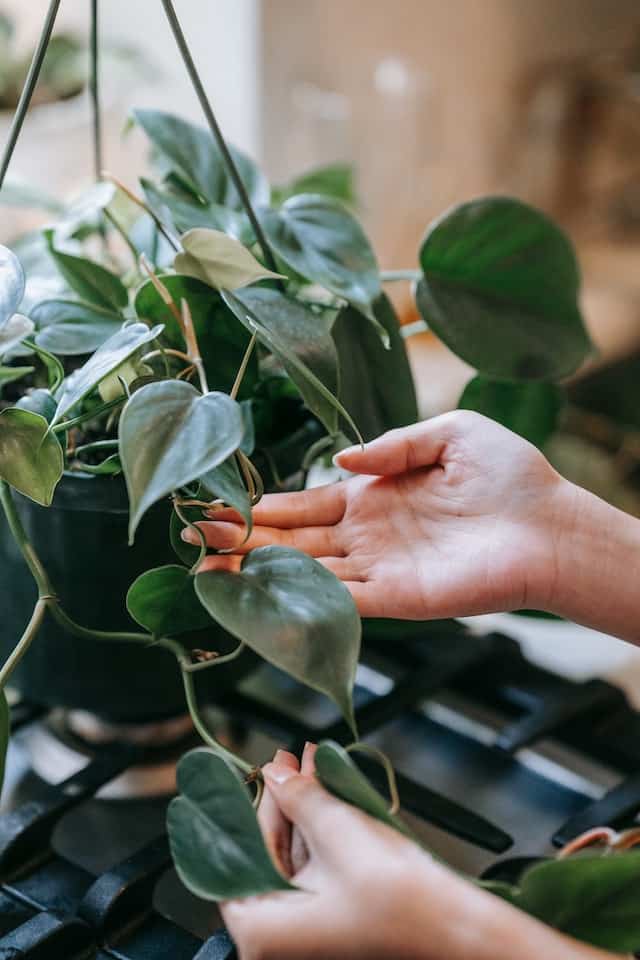
The Heart Leaf Philodendron (Philodendron hederaceum) is beloved for its heart-shaped leaves and resilient nature. It’s an excellent choice for anyone looking for low-maintenance greenery.
Care Tips: This plant thrives in low to bright indirect light and should be watered when the top inch of soil dries out. It tolerates lower humidity levels, making it incredibly adaptable.
Why It’s Great for Walls: The cascading vines of the Heart Leaf Philodendron look stunning when hung in a basket, allowing the leaves to fall gracefully. It creates a lush, romantic atmosphere that can soften the look of any room.





